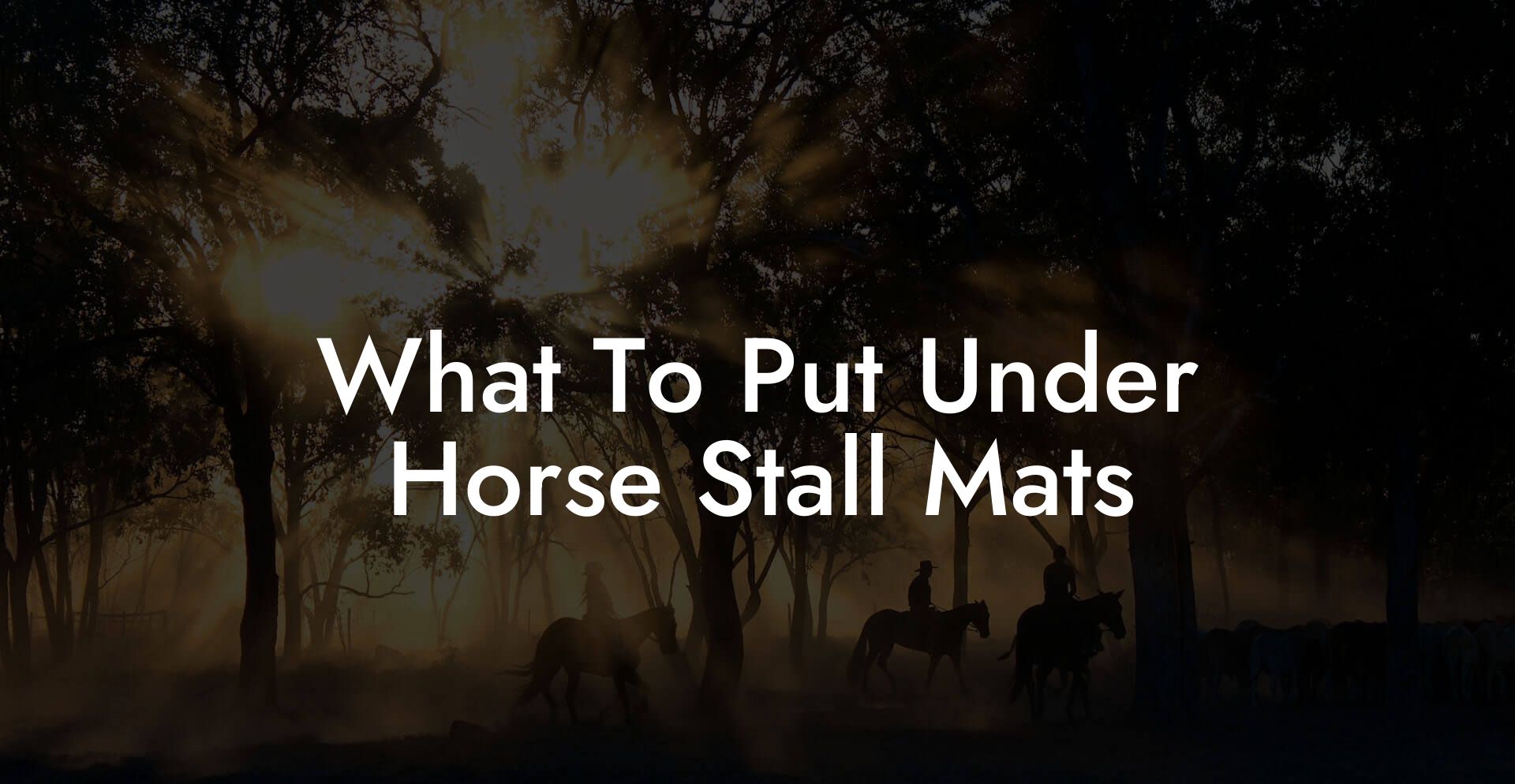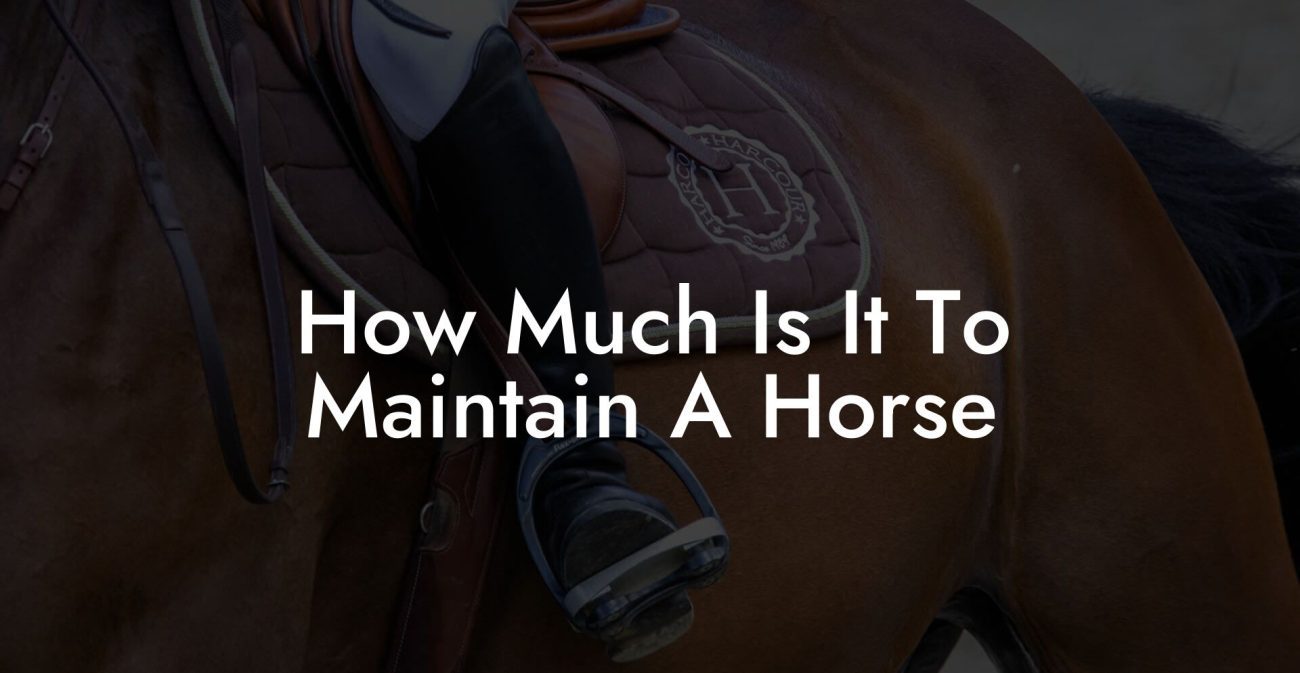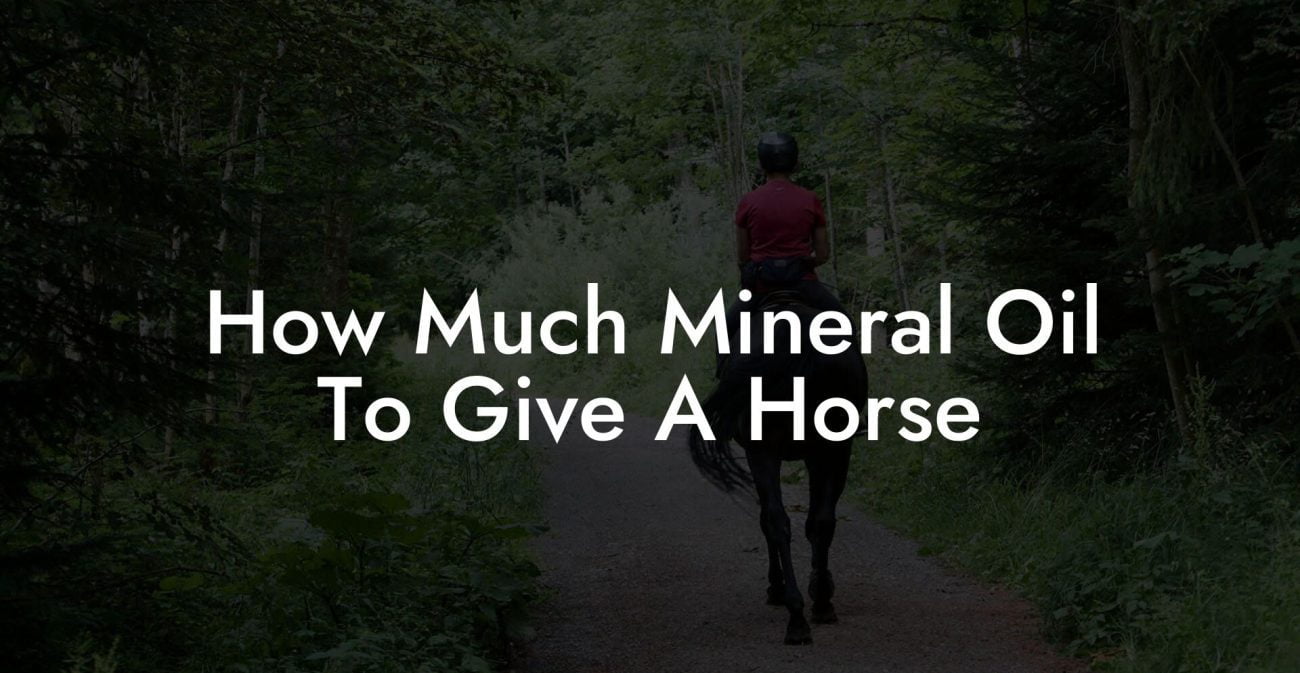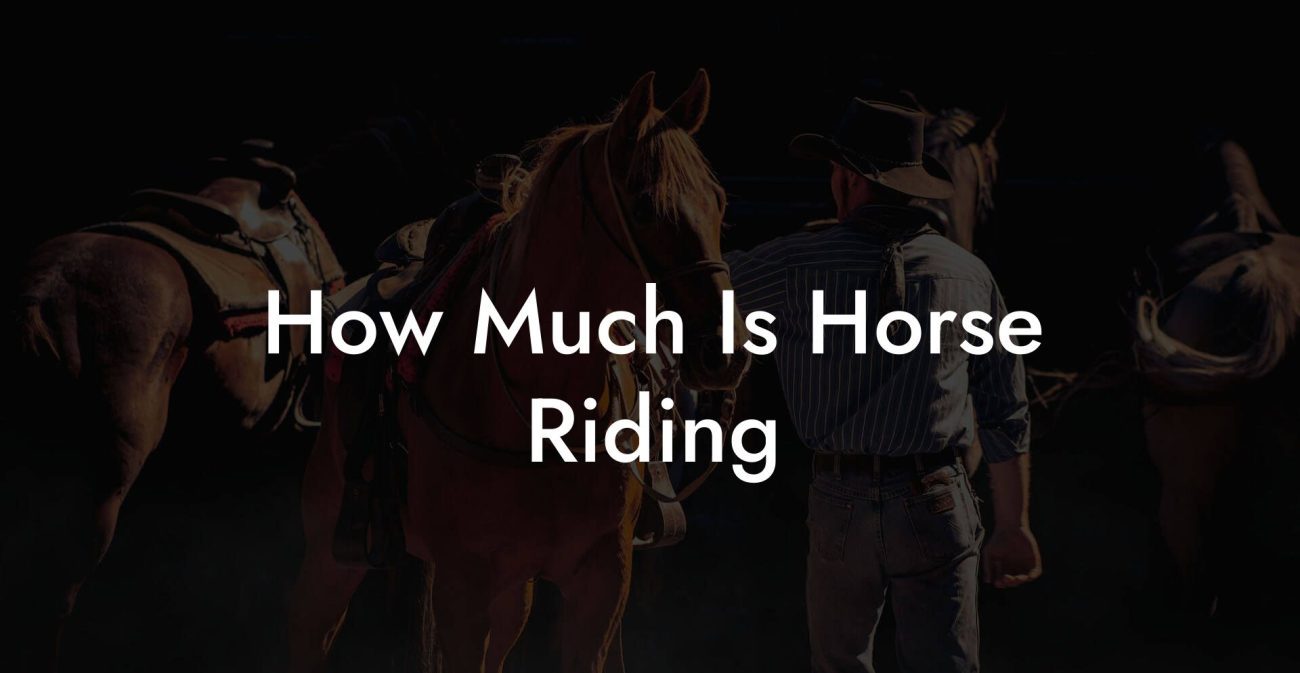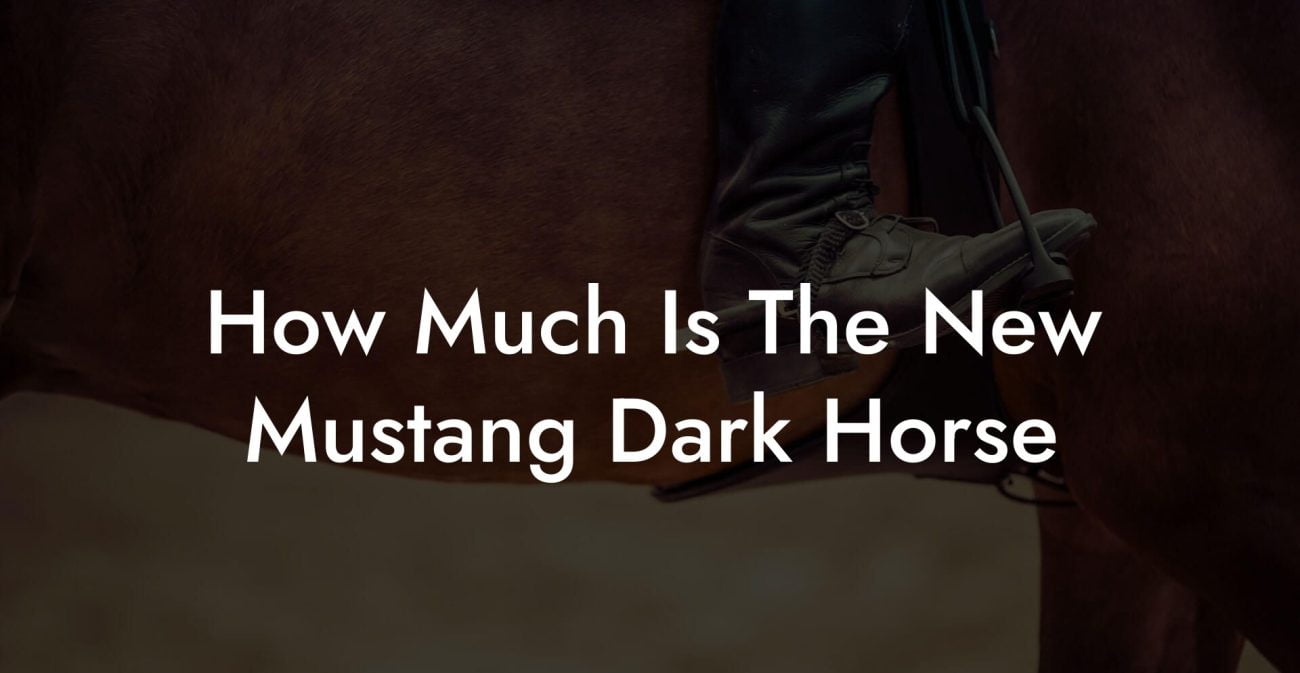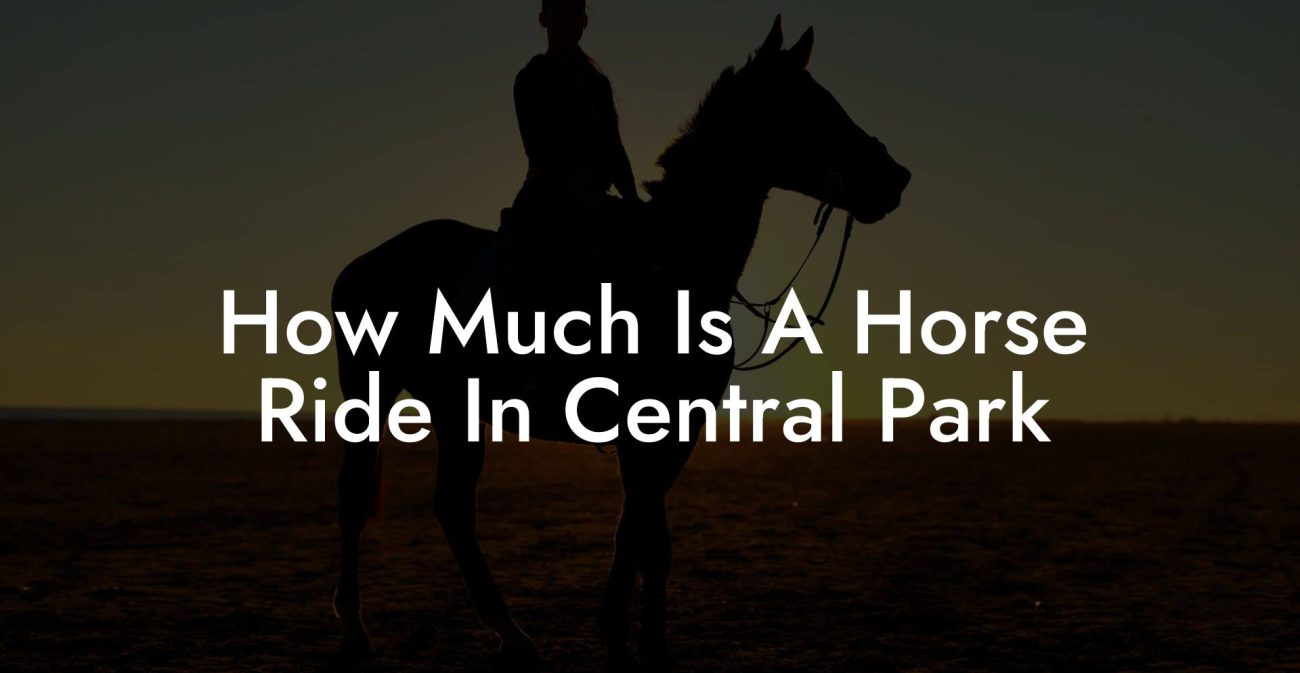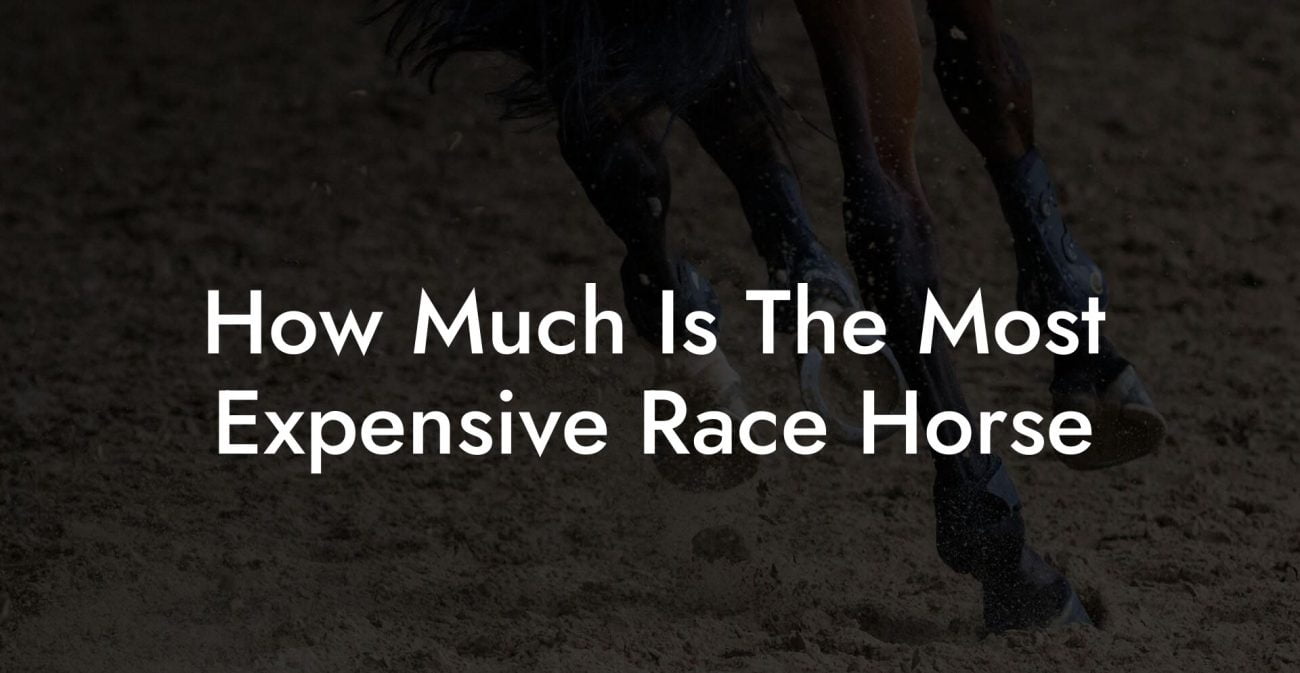Ever wonder if your horse’s stable floor could be as lit as your favorite playlist? When it comes to riding into the sunset, starting with the right base is key. Let’s dive into the surprisingly deep world of underlayment for horse stall mats, a topic that’s anything but boring and is essential for a safe, comfortable, and downright cool stable environment.
Quick Links to Useful Sections
- Why the Fuss Over What’s Underneath Your Horse Stall Mats?
- The Role of Underlayment in Equine Care
- Exploring the Different Materials for Underlayment
- Rubber Underlayment
- Foam Padding
- Interlocking Tiles
- Crushed Rubber and Recycled Materials
- Key Considerations When Selecting Your Underlayment
- Moisture and Spill Management
- Durability and Load Resistance
- Maintenance and Hygiene
- Insulation and Comfort
- Cost vs. Benefit
- DIY Installation or Call in the Pros?
- The DIY Route
- Hiring a Pro
- Step-by-Step Guide to Installing Underlayment Under Horse Stall Mats
- Step 1: Gather Your Materials
- Step 2: Prepare the Stall Floor
- Step 3: Measure and Cut
- Step 4: Install the Underlayment
- Step 5: Secure the Material
- Step 6: Lay Down Your Horse Stall Mats
- Step 7: Final Touches
- Maintenance and Cleaning: Keeping It Fresh Under the Hooves
- Daily Upkeep
- Weekly Deep Cleaning
- Addressing Spills Promptly
- Regular Inspections
- Prioritizing Safety, Equine Health, and Comfort
- Advanced Tips and Trends: Customizing Your Stall Mat Setup
- Smart Technology in Stables
- Eco-Friendly Innovations
- Customizable Aesthetics
- Resources and Community Support: Your Next Steps
- Frequently Asked Questions About Underlayment for Horse Stall Mats
- Your Journey to an Exemplary Equine Stall Experience
Why the Fuss Over What’s Underneath Your Horse Stall Mats?
You might think, “It’s just a mat, right?” Oh no, friend. When you’re caring for your four-legged superstar, every layer counts. The material beneath your horse stall mats isn’t just about aesthetics; it’s the unsung hero of equine comfort and stable safety. Think of it as the foundation of a house, it can either provide rock-solid support or lead to a creaky disaster.
Great underlayment serves multiple functions: it protects the underlying floor, adds an extra layer of shock absorption for your horse’s tired hooves, regulates moisture, and even reduces noise. In this guide, we’re unpacking all the details, comparisons, and pro tips to help you choose the perfect base for your stall mats, ensuring your horse feels like it’s trotting on clouds.
The Role of Underlayment in Equine Care
Underlayment underneath horse stall mats doesn’t just serve as a buffer; it’s a multi-functional tool that impacts your horse’s overall well-being. Here’s why:
- Shock Absorption and Joint Protection: Every step your horse takes sends a shockwave through its legs. The right underlayment can help reduce the impact on joints and tendons, preventing injuries and lameness.
- Moisture Control: A well-chosen underlayment acts as a moisture barrier, preventing spills and urine from seeping into the base. This helps to maintain a dry and hygienic environment that’s less prone to bacteria and odors.
- Noise Reduction: Ever had that annoying echo in a stable? The cushioning effect of proper underlayment quiets down the clatter of hooves, making life more serene for both horses and humans.
- Enhanced Stability: With a solid base, your stall mats remain secure, reducing movement that could lead to tripping or uneven surfaces. That’s a win-win for safety and comfort!
- Insulation: Keeping the stable floor insulated can regulate temperature extremes, ensuring that your horse’s stall maintains a cozy environment even when it’s chilly outside.
Understanding these benefits is the first step in creating a safe and comfortable space that supports both your horse’s physical health and your peace of mind.
Exploring the Different Materials for Underlayment
When you're in the market for underlayment to place under your horse stall mats, you’ve got a buffet of options. Each material calls out to a different styling, and performance, need. Here’s a rundown of the popular contenders:
Rubber Underlayment
Widely loved for its durability and excellent shock absorption, rubber underlayment is like the heavyweight champion of stable bases. It can handle a lot of wear and tear, making it perfect for stables with high traffic. Its naturally non-slip texture means better grip and less movement for those heavy hooves in action.
Foam Padding
Lightweight and soft, foam padding can be an attractive option for providing extra cushioning. It may not be as durable as rubber, but if your stable is managed meticulously and kept dry, high-density foam can offer that extra layer of comfort without breaking the bank.
Interlocking Tiles
The beauty of interlocking tiles lies in the customizability. Being able to piece them together like a giant equine jigsaw puzzle means you can tailor the underlayment to your stall’s exact dimensions. Many of these systems incorporate textured surfaces that ensure your stall mats stay put while offering excellent cushioning properties.
Crushed Rubber and Recycled Materials
For the eco-conscious stable owner, recycled rubber products and shredded foam provide a sustainable alternative. Reusing materials not only gives you a guilt-free choice but also offers similar benefits to traditional rubber underlayment, often with enhanced shock absorption and moisture resistance.
Each of these options has its own set of pros and cons. Your choice will depend on factors like your budget, expected traffic, maintenance preferences, and the specific needs of your horse.
Key Considerations When Selecting Your Underlayment
Picking the right underlayment isn’t a one-size-fits-all decision. Here are the top factors to mull over before making your choice:
Moisture and Spill Management
Horses are expressive creatures, and sometimes that means a bit of a mess around the stable. Look for materials that act as moisture barriers. This keeps spills from damaging the floor underneath and curbs the growth of pesky mold and mildew.
Durability and Load Resistance
Horses are powerhouses that put a lot of pressure on the mats and the underlying structures. It’s essential to pick a material that can stand up to fluctuating weights, ensuring longevity and reducing the need for premature replacement.
Maintenance and Hygiene
A comfortable stall is only as good as its cleanliness. Consider how easy it is to clean the underlayment. Materials that resist staining and are quick to wipe down can save you plenty of future headaches.
Insulation and Comfort
Temperature control can be particularly important in climates with harsh winters or scorching summers. Underlayment with good insulating properties helps maintain an even, comfortable temperature in the stall.
Cost vs. Benefit
Budget is always a factor. While some high-end materials come with impressive stats, remember to weigh the initial cost against long-term benefits such as reduced maintenance expenses and improved durability.
By keeping these considerations in mind, you can make an informed decision that benefits both your horse’s wellbeing and your wallet.
DIY Installation or Call in the Pros?
Let’s talk about one of the hottest debates among equine enthusiasts: do it yourself or get a professional to handle it. Now, before you grab your tool belt and channel your inner Bob the Builder, consider your unique situation.
The DIY Route
If you’re a hands-on stable owner who loves to tinker and tailor your space, a DIY installation could be your jam. It allows you to work on your schedule and customize the installation precisely to your horse stall’s needs. With plenty of online tutorials and community tips, you can transform your stable with minimal cost.
However, DIY requires a good dose of mechanical know-how and a willingness to invest time in research and effort. If you’re up for a weekend project and you have the right tools, you can create a pristine, personalized base under your stall mats.
Hiring a Pro
On the flip side, if you’re juggling a busy schedule or prefer leaving the heavy lifting to the experts, hiring a professional might be the way to go. Professionals bring years of experience, ensuring the underlayment is installed correctly and safely. This can be particularly helpful in larger stables or for those with specialized needs.
The downside? You might spend a bit more, but for many, the peace of mind and flawless finish justify the extra expense.
Step-by-Step Guide to Installing Underlayment Under Horse Stall Mats
Ready to roll up your sleeves? Here’s a step-by-step guide to help you install underlayment that keeps your stall mats in check, early pro tip: measure twice, cut once!
Step 1: Gather Your Materials
First things first, gather all necessary supplies. You’ll need your chosen underlayment material, a measuring tape, a utility knife or scissors (depending on the material), adhesive (if required), and a broom or vacuum for cleaning up any debris.
Step 2: Prepare the Stall Floor
Start by clearing out the stall. Remove any dirt, old bedding, or debris from the floor. A clean surface ensures that the underlayment adheres properly and performs as expected.
Step 3: Measure and Cut
Lay out the underlayment material and measure it according to your stable’s dimensions. Use a utility knife or heavy-duty scissors to cut the material to size. Remember: precise measurements mean a perfect fit!
Step 4: Install the Underlayment
If your chosen material requires an adhesive, apply it evenly across the floor. Carefully lay down the underlayment, smoothing out any bubbles or wrinkles. For interlocking tiles, simply piece them together like the ultimate equine puzzle until you’ve covered the whole area.
Step 5: Secure the Material
Some materials might need additional securing, such as using specialized tape or weights at the edges. Follow the manufacturer’s instructions to ensure stability. A secure installation means less shifting and a safer environment for your horse.
Step 6: Lay Down Your Horse Stall Mats
Once your underlayment is firmly in place, carefully position your horse stall mats on top. Make sure they align perfectly with your underlayment to prevent any gaps or overlaps that could cause tripping hazards.
Step 7: Final Touches
Finally, give the area one last inspection. Walk through (or trot, if you’re feeling adventurous) to ensure everything is stable and secure. Clean up any excess adhesive and take pride in your new, comfortable stall floor!
With these steps, you’re all set to create a safe and durable base for your stall mats. Not only will your horse appreciate the cushion underfoot, but your stable will be buzzing with efficiency and style.
Maintenance and Cleaning: Keeping It Fresh Under the Hooves
Installing top-notch underlayment is only half the battle. Regular maintenance is key to extending its lifespan and ensuring your horse’s stall remains a hygienic haven. Here’s how to keep everything in pristine condition:
Daily Upkeep
Sweep or vacuum the stall floor daily to remove dirt and loose debris. A clean environment deters the buildup of harmful bacteria and keeps the underlayment in optimal condition.
Weekly Deep Cleaning
Once a week, give the surface a more thorough cleaning. Use a gentle detergent and mop to wipe down the underlayment and stall mats. For rubber options, a quick rinse with water can also do wonders.
Addressing Spills Promptly
Accidents are bound to happen. If you notice any spills or puddles, clean them up right away to prevent moisture damage or the development of unpleasant odors.
Regular Inspections
Schedule regular inspections of the underlayment for any signs of wear and tear. Early detection of issues means you can address them before they become costly or compromise your horse’s safety.
With consistent care, your underlayment will continue to provide a solid, secure base that keeps both you and your horse trotting in style.
Prioritizing Safety, Equine Health, and Comfort
At the end of the day, what matters most is the safety and comfort of your horse. The right underlayment plays a vital role in this, minimizing the risk of slips, injuries, and even long-term issues like joint stress.
When choosing your underlayment, ensure that it’s non-toxic and free of harmful chemicals. Equine health is paramount, and an eco-friendly, safe product makes for happy hooves and peace of mind.
Additionally, consider the overall design of your stall. Enhancing the underlayment with features like gentle slopes for drainage or adding extra padding in high-traffic areas can truly set your stable apart.
Advanced Tips and Trends: Customizing Your Stall Mat Setup
For those who love to push the envelope in stable design, why not explore some advanced customization options? Innovations in materials and design mean you can tailor your setup to your horse’s unique needs while also reflecting your personal style.
Smart Technology in Stables
Believe it or not, even stables are getting smart! Incorporating moisture sensors that alert you to spills, or even temperature control systems integrated into your underlayment, are on the rise. These high-tech solutions can help you maintain the optimal environment for your stall, ensuring your equine friend always enjoys a comfortable floor.
Eco-Friendly Innovations
Sustainability is more than just a buzzword. Look into underlayment materials made from recycled products or environmentally conscious composites. Not only do these choices reduce your carbon hoofprint, but they often come with impressive durability and performance stats.
Customizable Aesthetics
Who says functional can’t be fashionable? With customizable interlocking systems and a range of colors and textures available, you can get creative with your stable’s interior design. Matching your underlayment and stall mats to your stable’s overall decor doesn’t just elevate aesthetics, it creates a space you’ll genuinely enjoy spending time in.
Whether you choose smart tech integrations or stick with a more classic approach, advanced trends are opening up endless possibilities to ensure your stall setup is not only safe but also cutting-edge and unique.
Resources and Community Support: Your Next Steps
Venturing into the world of horse stall mats and underlayment restoration might feel overwhelming at first, but there’s a buzzing community of equine enthusiasts ready to lend a hand. Join online forums, social media groups, and local stable networks to exchange tips, ask questions, and share your experiences.
Look for resources such as YouTube tutorials, blogs by trusted stable experts, and even webinars focused on equine facility management. These resources can help you stay updated on the latest trends, materials, and techniques to keep your stall in tip-top shape.
Engaging with a community that’s as passionate about horses as you are not only broadens your knowledge but also provides support when tackling those tricky installation challenges. Remember, every stable owner started somewhere; your journey to an optimal stall setup is part of a larger movement toward holistic equine care.
Frequently Asked Questions About Underlayment for Horse Stall Mats
Below are some of the most commonly asked questions about underlayment and horse stall mats, designed to give you quick answers and peace of mind.
1. What exactly should I put under horse stall mats?
The ideal underlayment can vary depending on your stable’s specific needs, but popular options include high-density rubber, foam padding, interlocking tiles, and recycled materials. The key is to choose one that offers shock absorption, moisture resistance, easy maintenance, and durability.
2. How does underlayment benefit my horse?
Underlayment provides extra cushioning for your horse’s hooves, reducing the impact on joints and tendons. Moreover, it helps manage moisture and spills, ensuring a safer, drier and hygienic environment that contributes to overall equine comfort and health.
3. Is it better to go DIY or hire a professional for installing underlayment?
That depends on your budget, experience, and time constraints. DIY installation is budget-friendly and allows for customization, whereas a professional installation guarantees expertise and a flawless, safe setup.
4. How often do I need to maintain or replace the underlayment?
Regular cleaning and periodic inspections are essential. With proper maintenance, high-quality underlayment materials can last several years, but heavy usage or consistent exposure to moisture may require periodic replacement.
5. Can I use any type of underlayment with all kinds of horse stall mats?
Most horse stall mats are designed to be versatile, but it’s always best to check the manufacturer’s recommendations. Some materials work better with specific types of mats, so compatibility is key for ensuring safety and optimal performance.
6. Do moisture-resistant underlayments really make a difference?
Absolutely! Moisture-resistant materials protect both your underlayment and the floor below, prevent mold and mildew buildup, and keep your stable smelling fresh and clean.
7. Are there eco-friendly underlayment options available?
Yes, many manufacturers now offer recycled rubber or composite materials that are not only durable and effective but also environmentally responsible.
8. What safety standards should I look for in an underlayment material?
Look for non-toxic, chemical-free materials that meet industry safety standards. Ensure that they offer anti-slip properties and long-lasting durability to protect your horse from injuries.
Your Journey to an Exemplary Equine Stall Experience
Transforming your stable floor isn’t just about installing a layer between the horse and the ground, it’s about creating an environment where safety, comfort, and style go hand in hand. By carefully selecting the right underlayment for your horse stall mats, you’re investing in your horse’s health and your own peace of mind.
Every step of the process, from choosing materials that absorb shock and manage moisture to ensuring a snug, secure installation, reflects a commitment to top-notch equine care. Whether you’re opting for a DIY approach or partnering with professionals, the impact of a well-designed stall floor can be transformative.
Picture a stable where every hoofstep lands on a cushioned, quiet, and supportive surface. It’s not just about practicality; it’s about setting a standard of excellence that resonates with modern, mindful horse care. As you navigate the myriad choices and trends, remember that your stable is a canvas, one where innovation meets tradition in a spectacular display of comfort and safety.
Embrace the challenge, experiment with new ideas, and join a vibrant community of equine enthusiasts who are reimagining what a stall can be. Your journey to an exemplary equine stall experience is an ongoing adventure of learning, adaptation, and care, a journey that ultimately makes every ride, every trot, and every canter a bit more magical.

